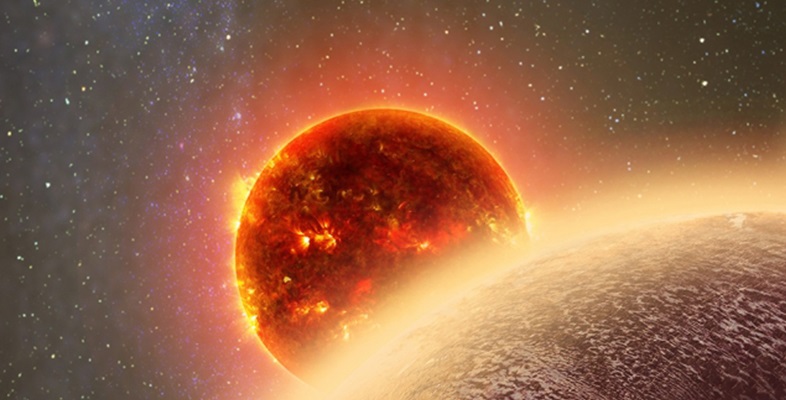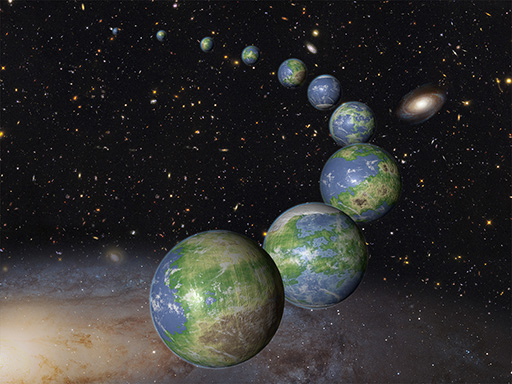7 Summary of Week 8
Over the last eight weeks, you have had an introduction to the field of exoplanets. In the last 20 years we’ve come a long way: we’ve gone from discovering a single exoplanet to knowing of several thousands. For some of these planets, we know their size, mass and density, and we have even been able to identify the presence of particular gases and clouds in their atmospheres. Many of these planets are far more exotic than we ever imagined they would be.
As technology improves, we are starting to be able to detect progressively smaller and more Earth-like planets. With space telescopes like JWST, we could even detect the atmospheres of Earth-like worlds. This could provide us with the first indication of alien life. We may even be able to directly image such worlds.
You should now be able to:
- explain why it is likely that nearby stars host exoplanets
- describe the 2016 planet search around Proxima Centauri
- explain the importance of the Kepler-444 planetary system
- summarise prospects for extraterrestrial life
- be familiar with Gaia, TESS, JWST, PLATO, Twinkle and ARIEL
- describe current and future possibilities for direct imaging of exoplanets.
Over the next few years, the field of exoplanet science is only going to get more exciting. Some of the things we have speculated about may have happened by the time you study this course. Did you spot any?
We hope you have enjoyed this course and that you will continue to follow new developments in the field. To keep in touch with exoplanet science, there are various websites you may find useful.
- https://exoplanets.nasa.gov/ [Tip: hold Ctrl and click a link to open it in a new tab. (Hide tip)]
- https://palereddot.org/
- http://sci.esa.int/ plato/
- http://sci.esa.int/ gaia/
- http://tess.gsfc.nasa.gov/
- http://www.jwst.nasa.gov/
- http://www.twinkle-spacemission.co.uk/
Of course there’s lots more about exoplanets and space exploration in a variety of Open University modules. Whether you stay with The OU or not, we hope you continue to enjoy learning about the amazing Universe we live in.

